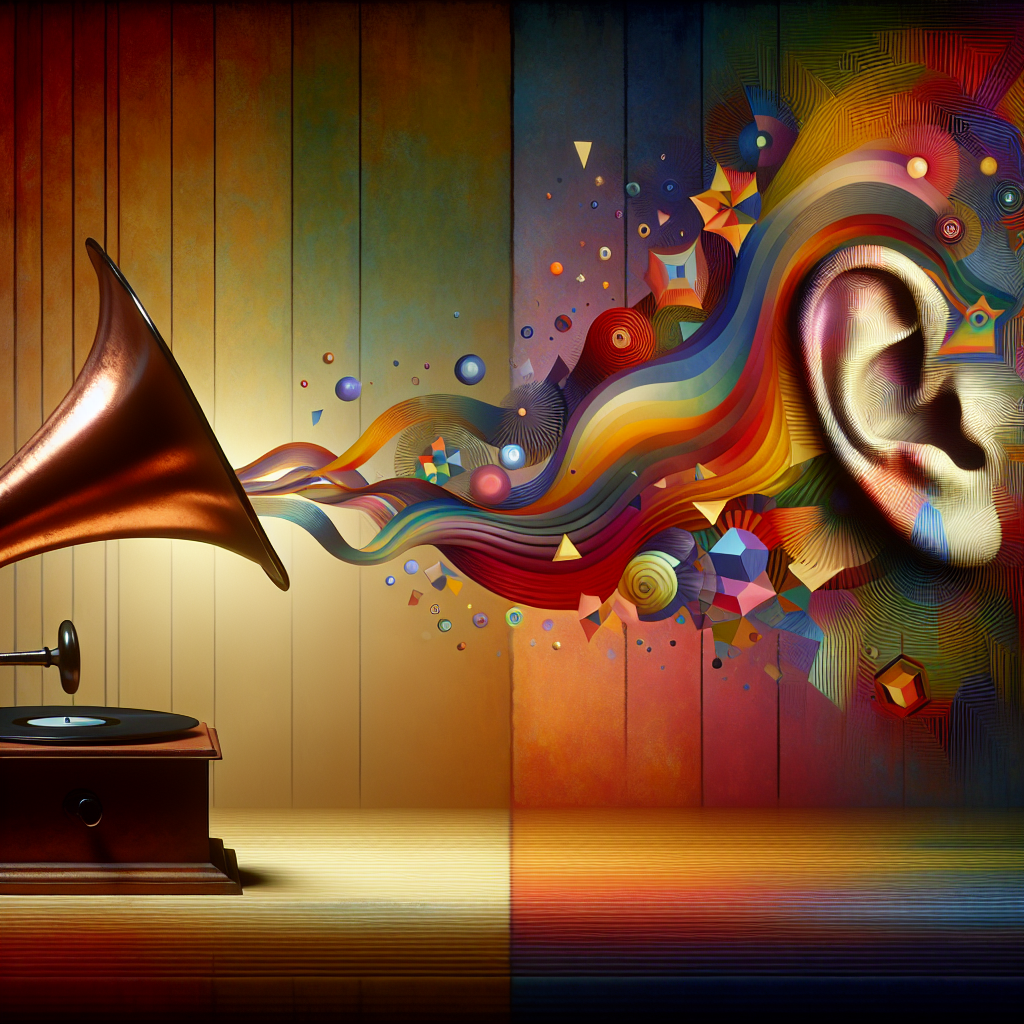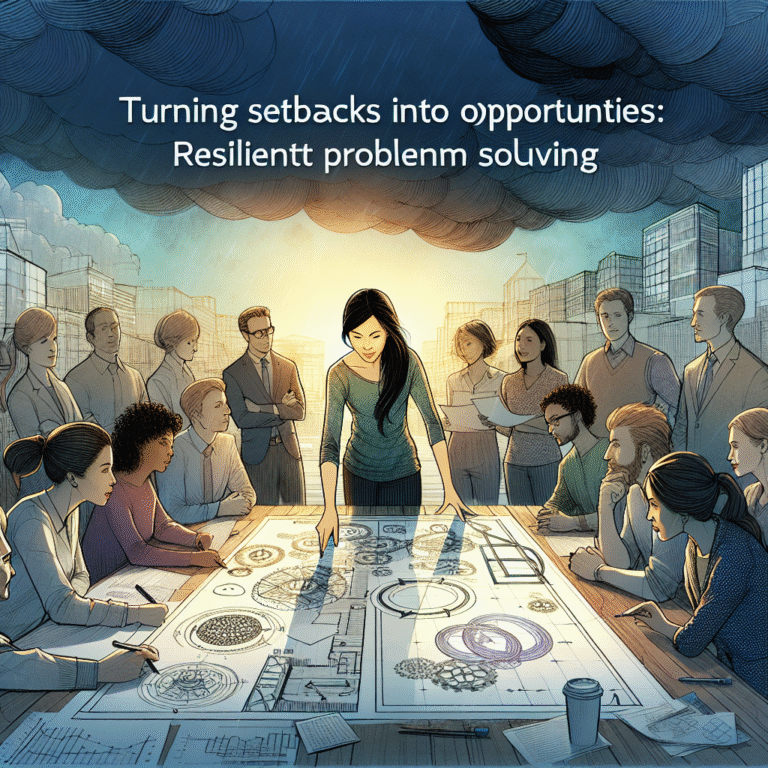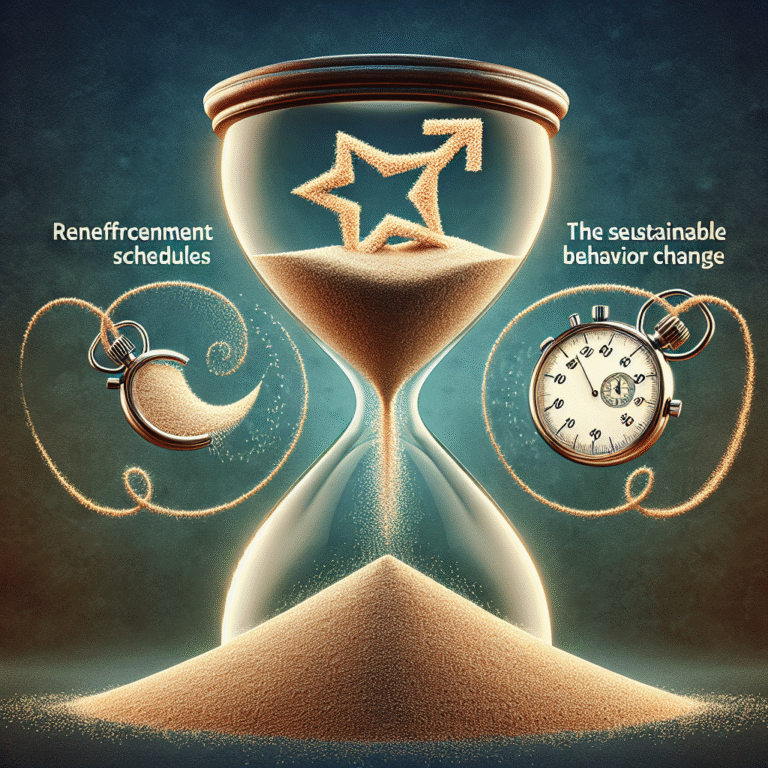
Introduction
Imagine a world where sounds are not just auditory sensations but vibrant colors filling your visual spectrum. This captivating phenomenon, known as synesthesia, challenges conventional boundaries between our senses. The exploration of this journey reveals a compelling narrative about how we perceive our reality. Today, we delve into Hearing Colors: The Intriguing Intersection of Auditory and Visual Perception, a realm where the senses intermingle to form a rich tapestry of experiences.
In an age where understanding the brain’s workings can unlock profound insights about human cognition, the idea of hearing colors isn’t just a curiosity—it’s an opportunity to reevaluate how interconnected our sensory experiences can be. This intricate dance between sound and sight crafts a narrative of astonishing creativity, neurological diversity, and the human experience, making it essential to explore this captivating intersection.
The Basics of Sensory Perception
Defining Sensory Perception
Sensory perception refers to the process by which our brains interpret information received from our senses—sight, sound, taste, touch, and smell. Each sensory input travels via specialized pathways to the brain, where complex networks decode and integrate stimuli, allowing us to interact with the world.
Synesthesia: A Brief Overview
One of the most fascinating phenomena within sensory perception is synesthesia. This condition leads to cross-wiring in the brain, so one sensory pathway can trigger another—resulting in the ability to "hear" colors or "see" sounds. Synesthetes report experiences where, for example, the number "7" may appear shimmering blue, or a particular piece of music evokes vivid landscapes.
Types of Synesthesia: A Spectrum of Experiences
Synesthesia manifests in various forms, including:
- Grapheme-Color Synesthesia: Letters or numbers evoke specific colors.
- Chromesthesia: Sounds trigger visual sensations, such as colors or shapes.
- Lexical-Gustatory Synesthesia: Words evoke specific tastes.
Understanding these types provides a foundational perspective on how Hearing Colors: The Intriguing Intersection of Auditory and Visual Perception operates within different synesthetic experiences.
The Neurological Basis of Sensory Integration
Brain Structures Involved in Sensory Processing
The brain processes sensory information through various structures, such as the:
- Occipital Lobe: Primarily responsible for visual processing.
- Temporal Lobe: Involved in auditory perception.
- Parietal Lobe: Integrates sensory information from different modalities.
Research indicates that synesthetes may exhibit enhanced connectivity between these regions, which leads to simultaneous sensory experiences.
Case Study Analysis: The Work of Dr. Richard Cytowic
Dr. Richard Cytowic, a pioneer in synesthesia research, conducted studies demonstrating how synesthetic individuals exhibit different neural responses compared to non-synesthetes. His findings indicated that the brains of synesthetes show heightened activity in areas responsible for sensory integration, lending credence to the idea of Hearing Colors: The Intriguing Intersection of Auditory and Visual Perception as a neurological phenomenon.
Relevance
Cytowic’s research underscores the potential for understanding how sensory cross-talk operates and could revolutionize therapeutic approaches to neurological disorders.
The Art and Creativity of Synesthesia
Synesthesia in the Creative World
Many prominent artists and musicians, such as Vincent van Gogh and Pharrell Williams, are reported synesthetes. Their unique sensory experiences may have contributed to their creative expression, enriching their art through the lens of Hearing Colors: The Intriguing Intersection of Auditory and Visual Perception.
Case Study: The Artist-Composer Relationship
In a case study involving renowned artist Wassily Kandinsky, his synesthetic perceptions informed his abstract compositions. Kandinsky described music as color and sought to visually represent the sounds he experienced.
| Artist | Medium | Synesthetic Experience |
|---|---|---|
| Wassily Kandinsky | Painting | Music translates to colors |
| Pharrell Williams | Music | Sounds evoke specific colors |
| Duke Ellington | Jazz Composition | Colors represent musical emotions |
Analyzing the Impact
The interplay between auditory and visual stimuli may offer significant insights for creative processes. By exploring Hearing Colors: The Intriguing Intersection of Auditory and Visual Perception, artists can tap into a broader sensory landscape, generating a multi-dimensional experience for their audiences.
Synesthesia and Society: Cultural Implications
The Social Perception of Synesthesia
Understanding synesthesia opens dialogues about the fluidity of human perception and cognition. Societal assumptions often categorize individuals into strict sensory modalities, yet synesthesia demonstrates a spectrum of experiences.
Case Study: Synesthetic Education Strategies
Recently, innovative educational programs have emerged that use synesthetic principles to enhance learning. For example, color-coding numbers and letters alike can help children with dyslexia. This approach embodies the spirit of Hearing Colors: The Intriguing Intersection of Auditory and Visual Perception, demonstrating how integrating sensory experiences can enhance comprehension.
Relevance and Community Engagement
Programs like the “Synesthesia Awareness Day” raise public consciousness and foster community among individuals who experience this phenomenon. It promotes inclusion, emphasizes creativity, and encourages discussions about the broader implications of sensory diversity.
Technologies Bridging the Gap: Virtual Reality and Beyond
Advancements in Sensory Technologies
As technology evolves, so do our capabilities to explore and understand synesthesia. Virtual reality (VR) environments can simulate synesthetic experiences, allowing users to engage with sound and color interactions firsthand.
Case Study: VR Experiences in Art
A study showcased how participants in a VR setting experienced sounds transforming into colors. These immersive experiences allowed individuals to express creativity in ways not traditionally accessible, giving credence to Hearing Colors: The Intriguing Intersection of Auditory and Visual Perception as a medium for deeper artistic exploration.
Future Applications
Such technological advancements could lead to therapeutic interventions for individuals with sensory processing disorders or those seeking cognitive enhancement. Imagine a world where individuals could enhance learning through these integrated sensory experiences.
Conclusion
The exploration of Hearing Colors: The Intriguing Intersection of Auditory and Visual Perception reveals the extraordinary potential of human perception. Our senses are not strictly defined but interconnected, offering a richer understanding of the world. From enhancing creativity in the arts to informing educational methodologies, the implications are profound.
As we continue to investigate the nuances of sensory integration, we unlock new pathways to foster creativity, empathy, and understanding within diverse communities. The intersection of auditory and visual perception remains a fertile ground for research and exploration, inviting us to embrace the beautiful complexity of human experience.
FAQs
1. What is synesthesia?
Synesthesia is a neurological condition where one sensory experience involuntarily triggers another, leading to unique sensory perceptions, such as "hearing" colors.
2. How common is synesthesia?
Estimates suggest that synesthesia occurs in approximately 1 in 2,000 individuals, although recent studies indicate it may be more prevalent than previously thought.
3. Can synesthesia be developed later in life?
While many synesthetes report experiences from early childhood, some individuals may develop synesthetic experiences after exposure to certain stimuli, particularly in creative contexts.
4. How do artists benefit from synesthesia?
Artists can use their synesthetic experiences to enhance their creative expression, translating auditory sensations into visual forms, leading to innovative artwork and new experiences.
5. Are there any treatments for those with synesthesia?
Currently, there are no treatments for synesthesia since it is not considered a disorder. However, understanding its mechanisms can lead to educational and therapeutic strategies that promote cognitive diversity.
Exploring Hearing Colors: The Intriguing Intersection of Auditory and Visual Perception not only enhances our understanding of this phenomenon but also opens doors to various possibilities, bridging disciplines and fueling creativity.














